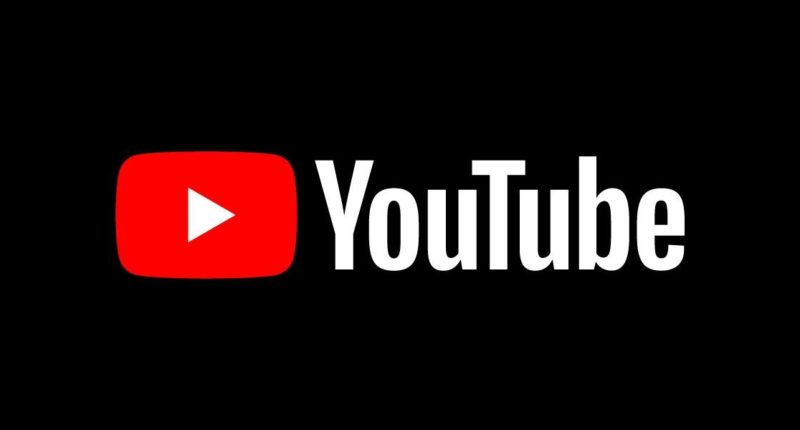With more tech being deployed to help with content moderation on its platform, Google notes that YouTube took down 11.4 million videos in Q2, compared to the 5.6 million videos in the 1st quarter of 2020, as the number of misfires increased.
Why the sudden surge? Well, to moderate and regulate the content uploaded on the video platform, the company had to shift from human moderators to artificial intelligence tools, to observe and takedown video content that breaks their rules. Now, Google had two choices-it could either under enforce its policies, or over enforce them, and seeing how sensitive tech companies are when it comes to content moderation, it obviously chose the latter. The company said that it had “greatly reduced human review capacity” and as a result, it could “over-enforce” using automated reviews.
The numbers support the argument, as majority of the videos that were taken down in this quarter (10.85 million out of 11.4 million) were first spotted by automatic flagging, i.e. machines. Country wise, America saw the most flags on its videos, followed by India where almost 1.5 million videos were taken down over the quarter.
Youtube notes that the decision to over-enforce in these policy areas-out of an abundance of caution — led to a more than 3x increase in removals of content its systems suspected was tied to violent extremism or was potentially harmful to children. About 3.8 million videos were flagged for child safety reasons, 1.2 million for spam or scams, 1.7 million for nudity or sexual content and 1.2 in violence.
But as one would expect, this jump in flagged content also included videos that did not actually violate Youtube’s policies. Google has already prepared for an increase in the number of appeals against the taken down videos and as expected, the jump in appeals went from 166,000 in Q1 to 325,000 in Q2. To accommodate this rise in appeals by content creators, Youtube increased its staff size to handle these appeals as quickly as possible. The resulting reinstatement of videos went up to 161,000 in Q2- about four times as many in Q1.
The Tech Portal is published by Blue Box Media Private Limited. Our investors have no influence over our reporting. Read our full Ownership and Funding Disclosure →






